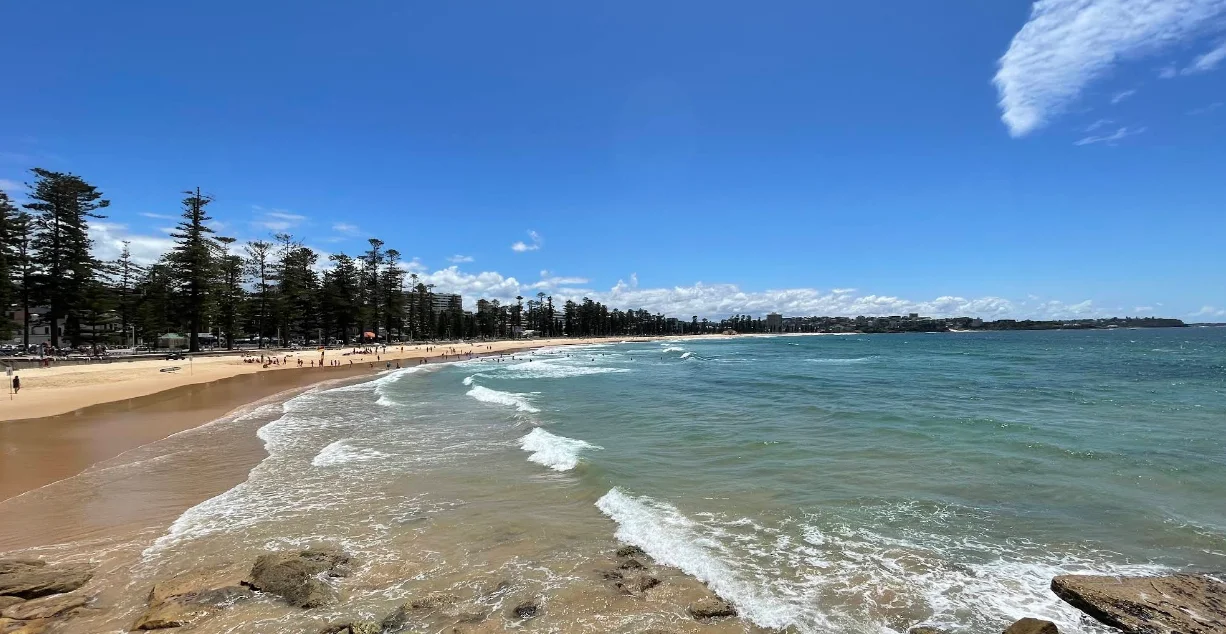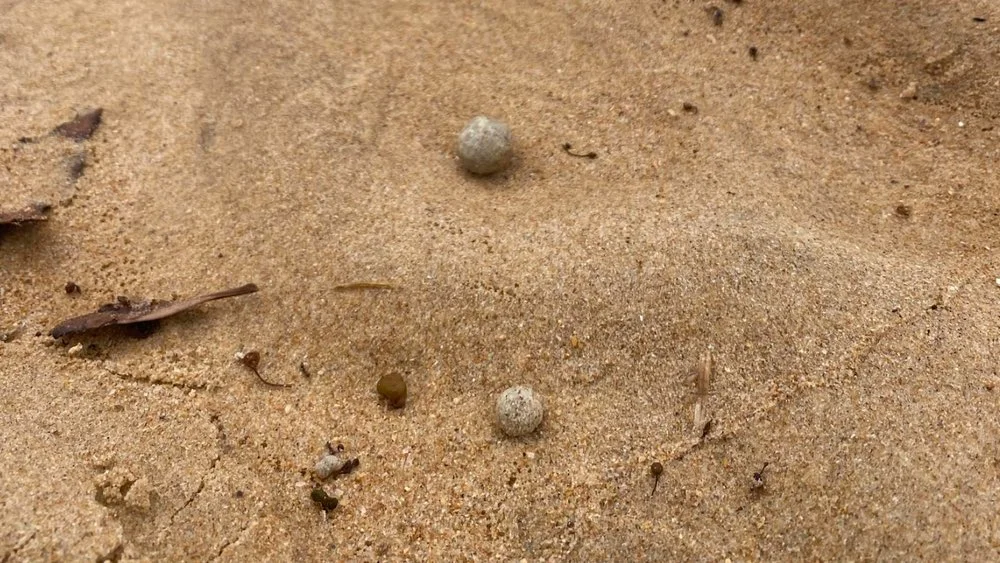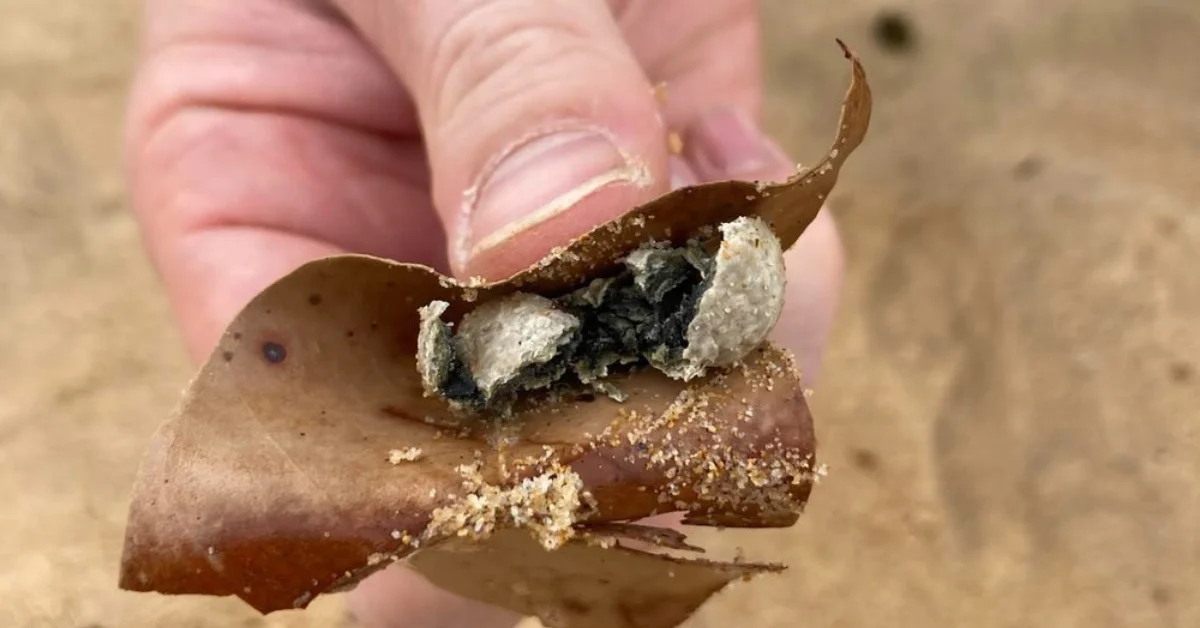Manly beaches were among several Sydney shorelines affected by black tar-like balls traced back to the city’s sewage network, environmental authorities confirmed.
Mystery Debris Prompts Widespread Beach Closures
In late 2024 and early 2025, thousands of dark, sticky balls washed up on Sydney beaches. The material forced closures at 17 sites, including Coogee, Bondi, Bronte, and eventually Manly, while authorities investigated its source.

The black and grey balls, many marble-sized, led to widespread concern and speculation that a passing oil tanker or cruise ship might be responsible. However, results from ongoing investigations have pointed to domestic sources.
Investigation Links Tar Balls to Local Sewage
The NSW Environment Protection Authority confirmed that the debris’s composition matched samples taken from multiple Sydney Water wastewater treatment plants. This finding aligned with testing earlier conducted by NBC.
The EPA determined that the balls most likely originated from over 10 separate discharge events, with contributing factors including high levels of fats, oils, and grease in the sewer system. Weather and ocean conditions are believed to have further influenced the formation and movement of the material.
Sydney Water stated that its coastal treatment plants were functioning within regulatory standards and that no specific system failure had been found. An independent expert engaged by Sydney Water supported the conclusion that its facilities were the probable source.
Public Health Risk Identified Through Internal Reports
Freedom of information documents later revealed that the debris contained infectious bacteria typically found in faeces-contaminated water. These included E.coli, thermotolerant E.coli, and Enterococci—all known to cause gastrointestinal, urinary, and neurological infections.

Despite identifying the presence of these pathogens in mid-October, the EPA did not inform Randwick Council prior to its decision to reopen local beaches on 19 October. EPA internal discussions questioned why bacterial findings were omitted from a subsequent media release.
Community Action and Advisory
NBC, which conducted its own tests when the balls reappeared on Manly beaches in January, confirmed the presence of faecal contamination and alerted the public accordingly. The council shared these findings with the EPA.
While the EPA has continued to caution the public against touching the debris, officials maintain that the health risk remains low. Sydney Water has committed to sharing cleanup costs and reviewing infrastructure for future upgrades.
Ongoing Investigations and Future Prevention
The EPA has ordered Sydney Water to further inspect treatment facilities and the broader sewerage network to determine specific discharge points and prevent recurrence.
The environmental agency said its team of technical experts continues to explore multiple lines of enquiry. Meanwhile, the public is urged to avoid contact with any similar material and report sightings to local councils or the EPA.
Published 13-Apr-2025










